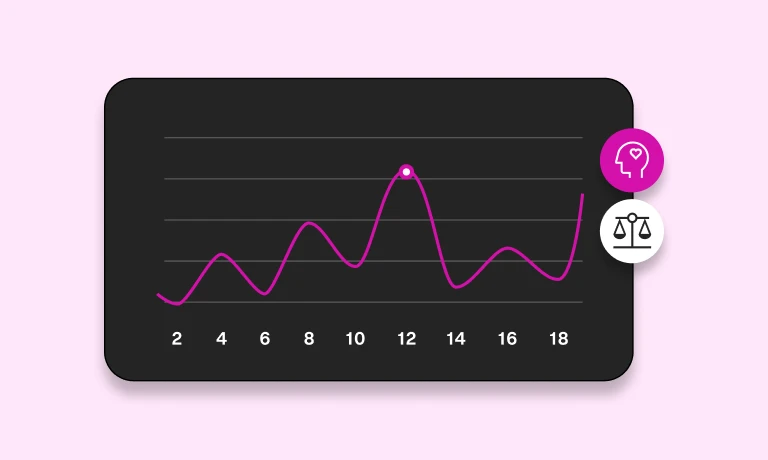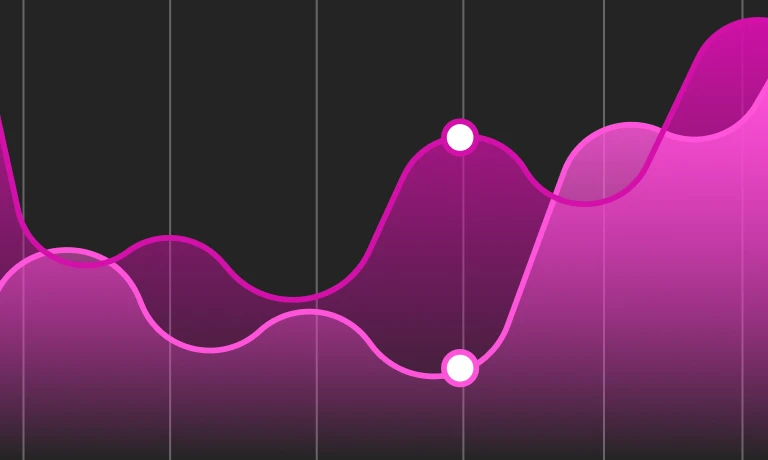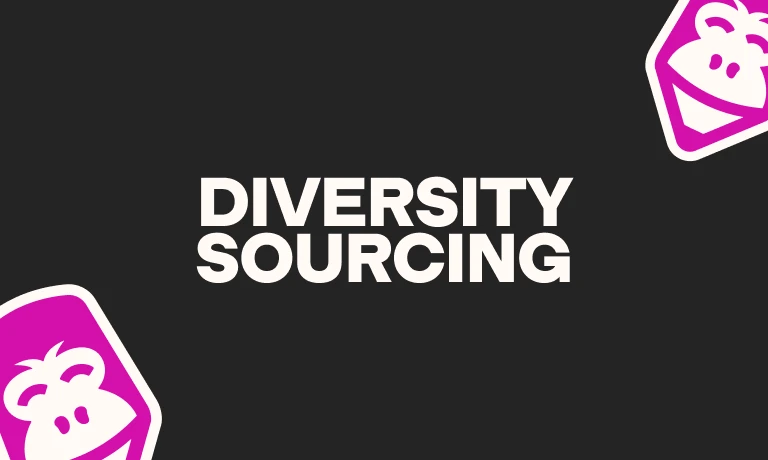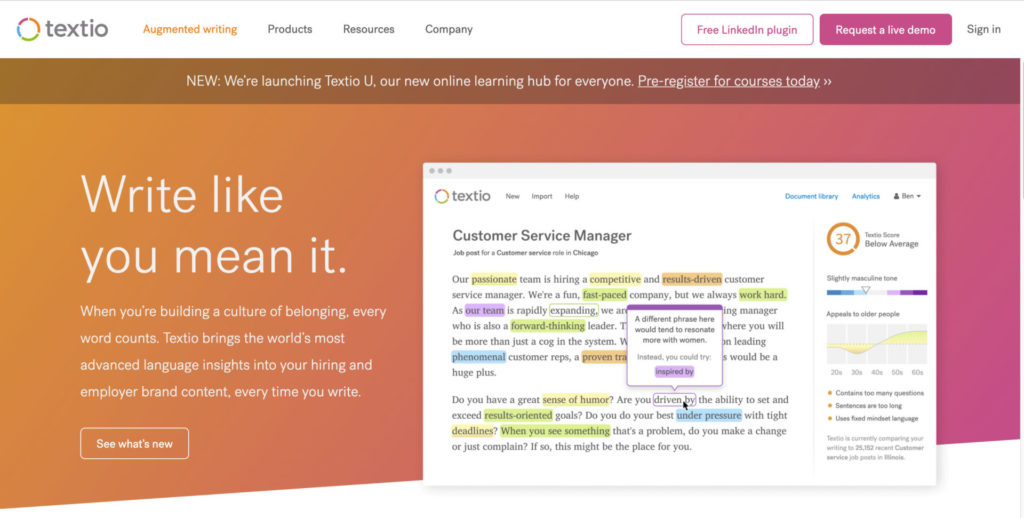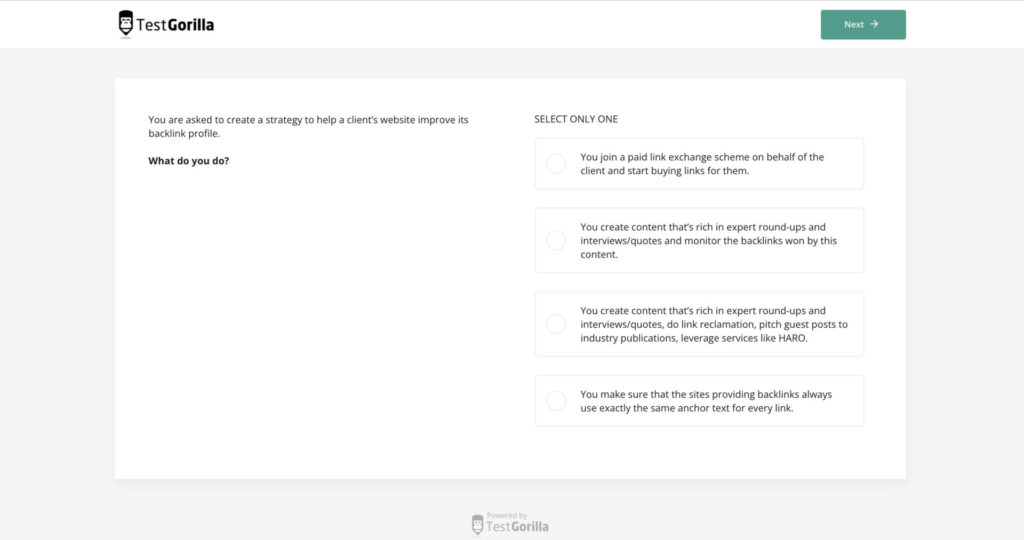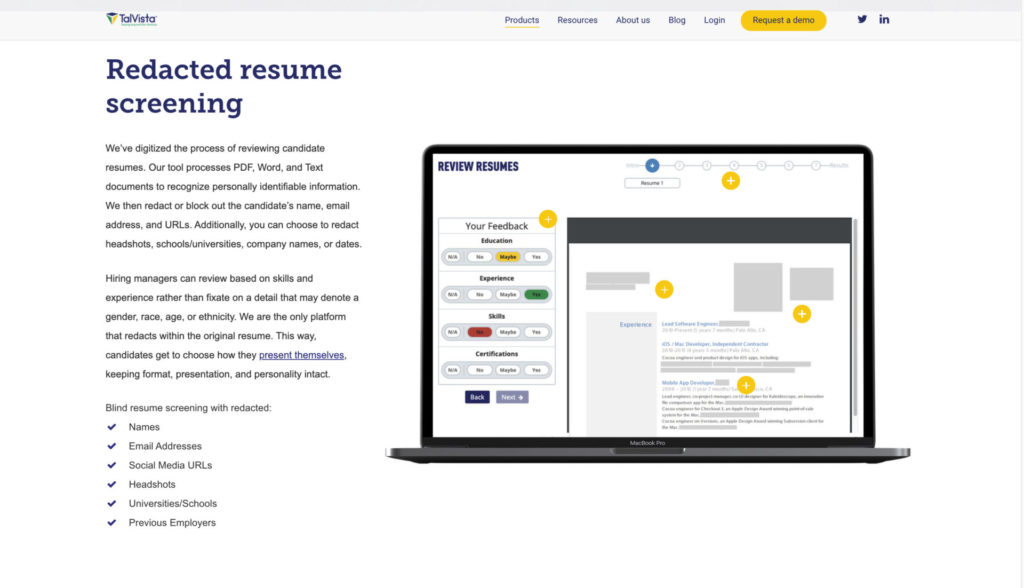Under laws enforced by the Equal Employment Opportunity Commission (EEOC), it is illegal to discriminate against any job applicant or candidate on the basis of their race, color, religion, age, and many other factors.
Yet hiring discrimination remains a huge issue in recruitment and hiring. Unfortunately, many recruiters and hiring managers discriminate against candidates without even realizing it. This sort of discrimination is usually the result of unconscious bias.
And legal consequences aren’t the only reason to avoid hiring discrimination. The benefits of diverse workplaces are well documented, including:
higher levels of innovation,
improved culture,
and boosted profits.
That’s why many companies create diversity policies aimed at improving diversity in the workplace. However, many of these policies fail to fulfill their intended purpose because recruiters and hiring managers aren’t aware of their unconscious role in discrimination during the hiring process.
In this article, we’ll go through what hiring bias or hiring discrimination is, the role of unconscious and process bias in recruitment and hiring, the most common types of hiring bias, the benefits of increasing workplace diversity, and what you can do to avoid bias and discrimination in your own hiring practices.
Table of contents
- What is hiring bias?
- What is process bias?
- Which types of hiring bias do I need to be aware of?
- What are the benefits of reducing hiring discrimination?
- What strategies can we use to avoid discrimination during the hiring process?
- Next steps for removing hiring discrimination from the hiring equation
What is hiring bias?
Hiring bias can occur both consciously and unconsciously.
Many managers believe that it’s only their instincts that help them select the right candidate for an open role, but often, these first impressions are guided by their own inherent biases.
These biases normally creep into the recruitment and hiring process when those involved in the decision making process are forming their first impressions of a candidate. Biases also steer those involved to having a preference for one candidate over another on the basis of possessing personal qualities that they like or identify with, or in the reverse, dismissing them as potential candidates because they don’t possess them. However, this isn’t the same as looking for candidates who possess the relevant skills for the position.
For example, bias inducing factors can include candidates’ resume pictures, their name, their hometown, or the college they attended. Whether we’re aware of it or not, these elements can all invoke bias.
If this bias is left unchecked, it can seriously damage an organization’s diversity efforts and it can lead to legal ramifications. In 2018, the Seasons 52 restaurant chain was ordered to pay $2.85 million to settle a class-action age discrimination lawsuit, while Google came under fire for alleged bias against “conservative” job candidates.
The threat to the diversity and equality of a workplace coupled with the risk of legal consequences means that it’s vital that businesses acknowledge the existence of hiring bias so that it can be addressed head on.
What is process bias?
In addition to hiring bias, employers need to look out for process bias. Process bias occurs when your hiring practices anchor the biases of people in your organization. In other words, process bias is when your hiring processes, such as your job descriptions, application, interview, and selection processes, prop up biases that already exist.
These processes can include:
Non-standardized assessment or interview questions
Job descriptions that contain biased language
Reviewing personal details like a candidate’s hometown, school, or university
The best insights on HR and recruitment, delivered to your inbox.
Biweekly updates. No spam. Unsubscribe any time.
Which types of hiring bias do I need to be aware of?
There are a number of hiring biases and prejudices that you need to be aware of, but here we’ll discuss five of the most commonly found examples.
Racial Bias
Though it might not be as overt as it once was, racial bias still affects hiring and recruiting processes.
Recently, the Black Lives Matter movement highlighted the ongoing struggles with racism and discrimination across all areas of life. Though most white Americans believe that race no longer plays an important part in an individual’s ability to access opportunities, systemic racism is still a factor in hiring.
A famous study carried out by The American Economic Association showed that candidates with ‘white-sounding’ names received callbacks almost 50 percent more often than candidates with ‘African-American’ ones (this is sometimes referred to as “name bias”).
Plus, job descriptions are often rife with racially biased language, discouraging people of color or minority backgrounds from applying in the first place.
Gender Bias
Gender bias is the tendency to prefer one gender over another gender, and this type of bias typically stems from society’s belief in stereotyped gender roles. Studies show that both men and women are twice as likely to hire a male candidate over a female candidate.
Affinity Bias
Affinity bias, also known as similarity bias, is one of the most common recruitment biases. It occurs when people show a preference or bias towards candidates who are similar to them.
These similarities can be based on age, lifestyle, background, or even being alumni of the same school. They are rarely relevant to the position itself.
Affinity bias is one of the more “silent” types of bias. As “culture fit” became the catchphrase of the last few years, more recruiters and hiring managers look to characteristics outside of a candidate’s skills to help them assess whether they’d be a “good fit” for the organization, which can allow bias to creep in. To learn more, check out our expert guide on beating affinity bias in hiring.
Age Bias
Age or generational bias in the hiring process involves being biased against or towards a candidate based on their age. According to a recent study, around 76% of “older workers” see age discrimination as a barrier to finding new employment.
Physical Attractiveness Bias
Also known as beauty bias, this occurs when a candidate receives preferential or favorable treatment because of their perceived good looks.
A well known academic review stated that, “Physically attractive individuals are more likely to be interviewed for jobs and hired”, while a separate study found that resumes that are accompanied with a photograph of an attractive man or woman were much more likely to get a call back for an interview than unattractive candidates or those without a photograph.
What are the benefits of reducing hiring discrimination?
Creating a diverse workplace that’s free from discrimination should be a top priority for all businesses. Preventing hiring bias and discrimination can help your business thrive. Here are some of the ways a culture of diversity can help your company:
Increase profits
Companies with more culturally and ethnically diverse executive teams were 35% more likely to see better-than-average profits, and 19% higher revenue.
Improve team performance
Diverse teams are able to solve problems faster than cognitively similar people. This could be because having a range of perspectives within a team helps generate new and different ideas.
Attract top talent
67% of people consider diversity an important factor when deciding where to work. It’s likely that among that 67% are quality candidates that want to work for a diverse and inclusive organization.
What strategies can we use to avoid discrimination during the hiring process?
Unconscious bias isn’t something that can be eradicated completely. As humans, we’re sometimes incapable of recognizing our biases and that makes it hard to eliminate their impact. In fact, 60% of interviewers make up their mind about a candidate within 15 minutes of meeting them.
Though difficult to counteract, one way to prevent and deal with unconscious bias head on is by writing down initial impressions of each candidate, and then attempting to assess how your own biases have affected your evaluations.
For example, have you judged them more favorably because they attended the same school as you or took the same major? Have you assumed that they might not be the right fit for the job because they’re older or younger than others on the same team? Has their personal background led you to create your own picture of their character, with no firm basis?
This type of exercise requires you being open and willing to be introspective and honest about how you’ve come to make your impressions. Writing down and seeing exactly how your own biases come into play can help you set them to one side when it comes to fair candidate evaluation.
Process biases should also be avoided during recruitment and hiring processes. Here, we’ll go through four recommendations to help you reduce bias in the hiring process.
Reword your job descriptions
As a first port of call, review your job description creation process. Here are a few tweaks you can make to your job descriptions to make sure they’re inclusive and fair:
Remove gendered language and replace it with neutral phrasing. Buzzwords such as “ninja” and “rockstar” can have masculine connotations, and the use of these types of words discourage women from applying to roles for which they’re fully qualified.
Replace words such as “Salesman” with “Sales Rep”, and “his/her” with “their/they” language.
Software can also play a part in helping you automate the job description creation process. Platforms like Textio highlight words and phrases that are associated with biases, and users can click on them to see alternative options.
Textio’s augmented writing platform helps businesses weed out potentially discriminatory language. Source: Textio
Use testing as a first resort in the hiring process
Testing is a great way to reduce bias in the recruitment and hiring process, as the results are a firm quantitative indicator of job-relevant suitability.
Screening test software TestGorilla offers over 90 pre-designed tests crafted by industry experts that assess everything from coding expertise to customer service skills.
TestGorilla’s SEO copywriting test asks only the questions pertinent to the role.
Companies are often strapped for time when it comes to running skills assessments, but these tests provide a quick and easy way to evaluate the skill sets of candidates without revealing any identifying information.
Expand your hiring team
If possible, don’t limit your hiring team to one or two people. Involving more people in the interview process can negate the potential for one individual to dominate decision making. Building on this, businesses can also implement the following recommendations:
Job applications should be reviewed by at least two people, and every candidate should be interviewed multiple times by multiple people. This reduces the potential for recency bias in hiring, which refers to hiring teams favoring candidates that are interviewed last.
Create recruitment and hiring teams that are diverse.
Make diversity training obligatory for anyone involved in the recruitment or hiring process. This can help your employees recognize their own bias when it occurs, and also that of others.
Try “blind hiring”
Blind hiring is the practice of anonymizing certain candidate information throughout the hiring process with the aim of reducing bias. This includes removing any identifying information from resumes (such as name, gender, date of birth and sociodemographic factors).
TalVista redacts certain candidate information to level the playing field. Source: TalVista
In theory, by removing this information, businesses can be sure that they’re selecting the right candidates for open positions without being privy to identifying information that can provoke unconscious biases.
However, even though identifying information has been removed, certain information can still have an effect. Information on hobbies and interests or club affiliation can serve to create an idea of the person, and this might even be heightened in the absence of any other information. Consider asking candidates to refrain from providing this information.
Next steps for removing hiring discrimination from the hiring equation
Everyone has inherent biases that are almost impossible to prevent.
One quick look at your hiring data will likely show that you hire certain profiles more often than other types of profiles, that you’ve never even invited certain profiles to the interview stage, or that your job descriptions are discouraging to certain groups in one way or another.
Preventing bias from affecting hiring decisions takes more than just making sure that you and your team aren’t influencing hiring processes with unconscious bias. It requires a systematic change in the way you approach hiring within your organization.
This will look different for every company, but if you’re serious about preventing hiring discrimination, it’s worth reviewing your hiring data. This will help you pinpoint specific areas in which you can apply one or all of the methods we’ve talked about to ensure that you’re effectively avoiding hiring bias and building the strongest teams possible.
For more information on diversity recruiting, check out Diversity recruiting: 10 do’s and don’ts every business should know.
You've scrolled this far
Why not try TestGorilla for free, and see what happens when you put skills first.


